Welcome to the marketing issue. This newsletter is not sponsored, but if it were, I like to think it’d be by whatever streaming service you can rewatch Mad Men on. It’s also the first post I’ve sent in a few weeks so stop reading this intro and get in there already.
How Many Ads Do You Have to Sell to Change the World?
Last week, as you probably know, OpenAI launched Sora. It’s a short-form video app that has an interface much like TikTok, except every video is generated by AI (specifically by OpenAI’s Sora 2 model). It differs from Meta’s Vibes app in a few key ways—notably the AI model outputs pretty high-quality audio to accompany the videos, and you can also generate videos with the likenesses of actual people. This allows you to both make a video of, say, Abraham Lincoln fighting a bear in a volcano, but also (after recording a short video and saying a few numbers in a process akin to setting up Face ID on an iPhone) upload your own likeness and make videos starring yourself and your friends. Is it slop? Undeniably. Is it also fun? Yes. People are even being, well, sloptimistic about it.
There’s plenty of other analysis and thoughtful takes on Sora floating around, and I don’t feel especially compelled to add to them, so I’m going to just drop some takeaways now that the app has been around for a week:
It’s genuinely fun to generate weird videos of yourself and your friends. Multiple people told me this was the first AI content that made them laugh.
Keying into this social dynamic was incredibly smart on OpenAI’s part, and it’s ironic that Meta—the company that basically invented social networks—failed so abysmally at making their AI video app social at all. The imminent launch of Sora surely caused Meta to rush Vibes out the door, which is why it feels so half-baked and is already forgotten.
Not caring about enforcing IP protections in the beginning (regardless of your feelings on the legality and ethics) was probably a wise decision. There were tons of widely shared videos featuring Pokemon, Nintendo characters, and basically every popular movie franchise from the past ten years.
Similarly, at its current capabilities, this is a pretty competent deepfake generator, and will doubtlessly degrade trust in media and institutions even further as the models improve and people learn to question the authenticity of any video they see.
Even if it doesn’t thrive as a social network or achieve TikTok/IG Reels levels of usage, Sora is an incredibly powerful creation tool for making a novel-ish type of content, or at least making the creation nearly effortless, in the same way that IG allowed anyone to take a good-looking picture from their phone. These videos will be super prevalent on existing networks.
It feels like a spiritual successor to Vine. The team clearly embraced the constraint that it’s still difficult (and expensive) for these models to generate long videos, so they favor short outputs with lots of “cuts” between camera angles and scenes, which makes the posts on Sora more engaging and loop-able. I think that if the person leading Twitter/X didn’t have a terminally cooked brain, they would have built this first and integrated it right into Twitter. (I’m sure they’ll launch a mediocre and upsetting copycat soon.)
The app was downloaded over a million times in its first 5 days.
There was one more very visible reaction to OpenAI’s announcement, and it boiled down to “you guys were supposed to be the ones making the omnipotent computer god that will free us from the shackles of manual and intellectual labor and also cure all diseases so why did you give up and make a slop generator?” Sam Altman had an interesting public response to this:
I don’t think it’s dishonest to paraphrase this as “we saw another way to make money.” It’s a path to valuable data that OpenAI has no way of accessing otherwise—Google, Meta, and X have tons of proprietary social data from platforms like Google Maps, Instagram, and Twitter, and OpenAI would love to have their own slice of it, both for model training and the additional revenue stream of personalized ads (which they now have plenty of surface area for, between Pulse and Sora).
So… all of this… for ads? That feels not great. Both on the spiritual level of like, aw man, it would have been nice to see a huge new consumer technology company try to genuinely advance our collective well-being (I know it’s debatable whether AI is presently doing this) rather than become just another giant attention black hole advertising business, as well as on the more analytical level of wait, does this mean OpenAI should be valued like another digital advertising business and not one that’s going to create infinite abundance and be responsible for 100x-ing our national GDP or whatever?
This is an awkward position for OpenAI to be in. The answer can’t really be that they need additional money to fund their research right now, because they have an ungodly amount of capital, and appear to have found an infinite money glitch: all they have to do is announce a deal with a chipmaker, and everyone involved sees their value go up by more than the actual deal amount. Altman also keeps telling people that compute is OpenAI’s biggest bottleneck, and the additional load from a viral video-generation app will only exacerbate that problem. In the near term, Sora feels much more likely to slow down OpenAI’s frontier research progress rather than accelerate it via incremental revenue from an ads product that does not yet exist.
And if OpenAI (and the other major AI players) isn’t nearly as valuable as people think it is, then the consensus is that we’re probably all in for a bad time. There’s been lots of reporting recently on how the American economy is basically one giant over-leveraged bet on AI. Not only is AI spending propping up the stock market, but the web of relationships between all of the players is so tightly interconnected and circular that if part of the floor falls out, the whole industry (and thus the stock market, and double thus the economy) likely goes with it. I am not an economist but it feels like a bad thing when much of the financial analysis reads like those explainer scenes from The Big Short.
If that diagram feels a little too complicated, I have a simpler illustration for you:
Attention is theoretically zero-sum. The minutes that you spend on Sora (or ChatGPT) viewing ads have to come from somewhere, and they’ll probably come from IG Reels or TikTok—other tech platforms that make their money via advertising. This ostensibly non-growing revenue pie wouldn’t justify anything close to the level of collective investment in AI companies that’s happened over the past few years. And yes, I’m discounting things like the API side of OpenAI’s business which power some new businesses and products that people do pay for. But if you’re a few short years and handful of research breakthroughs from the $100 trillion AGI launch, why make the slop machine? It doesn’t feel like a huge net positive for humanity, and it can’t be a huge net positive for OpenAI’s business model or we’re all in trouble. It can’t just be ads. Right?
Or.
Or it is all just ads, and maybe it always was.
OpenAI has proven that they’re incredibly good at getting attention. ChatGPT recently eclipsed 800 million weekly active users, and that hardware device is still in the works. What if they do primarily use all that attention and the deep personalization that AI enables to sell us stuff? We love being sold stuff, and as long as the stock market doesn’t collapse, we’ll keep buying it, even while pesky things like wealth inequality continue to grow. From the FT:
There is a future version of America in here that is neither a complete economic meltdown nor societal collapse and subsequent extinction at the hands of superintelligent AI. It might look something like this: all of the giant tech companies keep making lots of money selling us things, and they sell us enough things to keep stocks going up, which in turn lets the small but wealthy portion of the population that owns the stocks keep buying the things (even if stocks go down for a little bit because AI hasn’t cured cancer by 2030, those 10%-ers will still be just fine). Every year, advances in technologies like AI make the ad-makers a little bit more efficient, the ads get a little better, and some jobs go away. That’s ok, those people join the growing permanent underclass (unless they gamble their way out!) and stock-havers see their stocks go up, and the wealthiest 10% now account for 51% of consumer spending. Then 52%. And so on (after all, we got to 50% and the country is mostly intact). These numbers keep going up a little bit each year, and maybe one day AGI shows up and we’re ushered into either humanity’s abrupt demise or a utopia of abundance. But maybe AGI never shows up, and the tech companies find a shiny new thing to use to justify those growing valuations. This world feels a lot to me like our world today. We’ll still get some nice things, like Waymos and thinner iPhones, but our economy and digital environment are largely dominated by short-form videos telling us what to buy. And sure, if you’re not in that top 10%, your life gets a little harder, a little more unaffordable every year. But if you are, think of all the amazing ads you’ll get to click on.
New Yorkers Are Learning About Marketing
As the entire economy seemingly morphs into one single Death Star laser beam of hyperpersonalized digital advertising slop, people seem to have forgotten that physical-world marketing is 1) all around us, and 2) kind of lindy and effective (otherwise people would have stopped paying for it long ago).
Two viral ad campaigns from AI companies cropped up in New York in recent weeks. The first was those Friend.com posters that took over the subway. They’re instantly recognizable, the copy is insufferably cringe, and they’re fucking everywhere. They’re also a magnet for graffiti, which is only adding to the virality. It became so popular to deface them (and spread pictures of said defacement online) that The Times did a whole write-up on it. The second was a West Village coffee pop-up from Anthropic, where people could get free “thinking” caps (yes) and do work (no screens allowed!) in their “Zero Slop Zone.”
Everyone kind of lost their minds about both, but in different ways.
In Friend’s case, lots of people got super super mad and posted about it online. Which was the point. The campaign was really just a common online marketing strategy playing out in the physical world: pure rage bait. Which creates fantastic engagement. I already wrote about the product once and don’t want to spend more words on it, but overall it seems like it just sort of sucks. So the problem with a big expensive ad campaign is that all the eyeballs you’re driving don’t convert into any real value. The company is unlikely to become successful, but this ad campaign was undeniably so, and if Friend makes you sad, let this be your reminder that giving them free press is only helping their cause.
The Anthropic pop-up had an even weirder reaction. Everyone thought it was… genius?
wrote a brilliant and scorching excoriation of the whole campaign—please go read it—and while I have slightly softer feelings than her, the overly enthusiastic (dare I say sycophantic) response to it on social media was pretty lame to see. Mostly because, and it seems silly to have to say this, they are a generative AI company. You are fucking the slop guy for slop in the “no slop zone.” The people that make the machine that erodes your cognitive abilities made a pun on a hat about the intelligence they are sapping you of and I’m begging you to stop rushing to line up at the trough. I literally pay for Claude, and I’m telling you to get a grip.Engaging with marketing (and spreading it online) is just… more marketing. Going to a pop-up and getting a free hat is fine, but honestly? Keep it to yourself. Tripping over ourselves to glaze a company (whose CEO is constantly telling us he’s going to delete our jobs) for doing a pretty run-of-the-mill brand activation is embarrassing. If the picture of the AI advertising future I painted above bums you out, then we all need to do a better job of not acting like the main reason we go outside is to make posts about the ads we see, otherwise who are we to say we’re not getting the future we asked for?
A Lot’s Been Happening
It’s been a minute since the last letter, so let’s play a little catch up. OpenAI announced they’re putting apps inside of ChatGPT (this is either their App Store moment or completely nothing like the “GPT Store” from last January). A one-year-old AI model startup raised $2 billion. Ben Thompson interviewed Sam Altman. New robots are inbound. Marissa Meyer is selling her old AI startup to her new AI startup. The SoHo REI is closing. A therapist treated ChatGPT like a patient and it freaked him out. If you bought an orange iPhone it might be pink now (surely another Apple reorg will turn it all around!) California is making those insanely loud streaming service ads illegal (a Good law was passed in 2025?!?). The Times profiled Kai Cenat. TikTok is even more addictive than you probably thought it was. So are those “Buy Now, Pay Later” apps. SoundCloud is adding social features about 10 years too late. Everyone can use the Jira company browser now. Human Sora app MrBeast is worried about slop. A guy on TikTok has invented a novel way to torture ChatGPT. I can’t wait for Marty Supreme.
Finally Some Useful Dating Advice
All em dashes inserted organically by me. There are no typos this time thanks to my new partnership with ThinkSpellAI! an agentic workflow tool that inserts itself right into your prefrontal cortex and takes control of 4-7 of your fingers without warning whenever it thinks you’re about to misspell a word. As a Context Rot subscriber, you can use my coupon code ISITSUPPOSEDTOFEELLIKETHAT for 10% off your first neural implant.
Thanks for reading. If you liked this post, please share it with a friend.




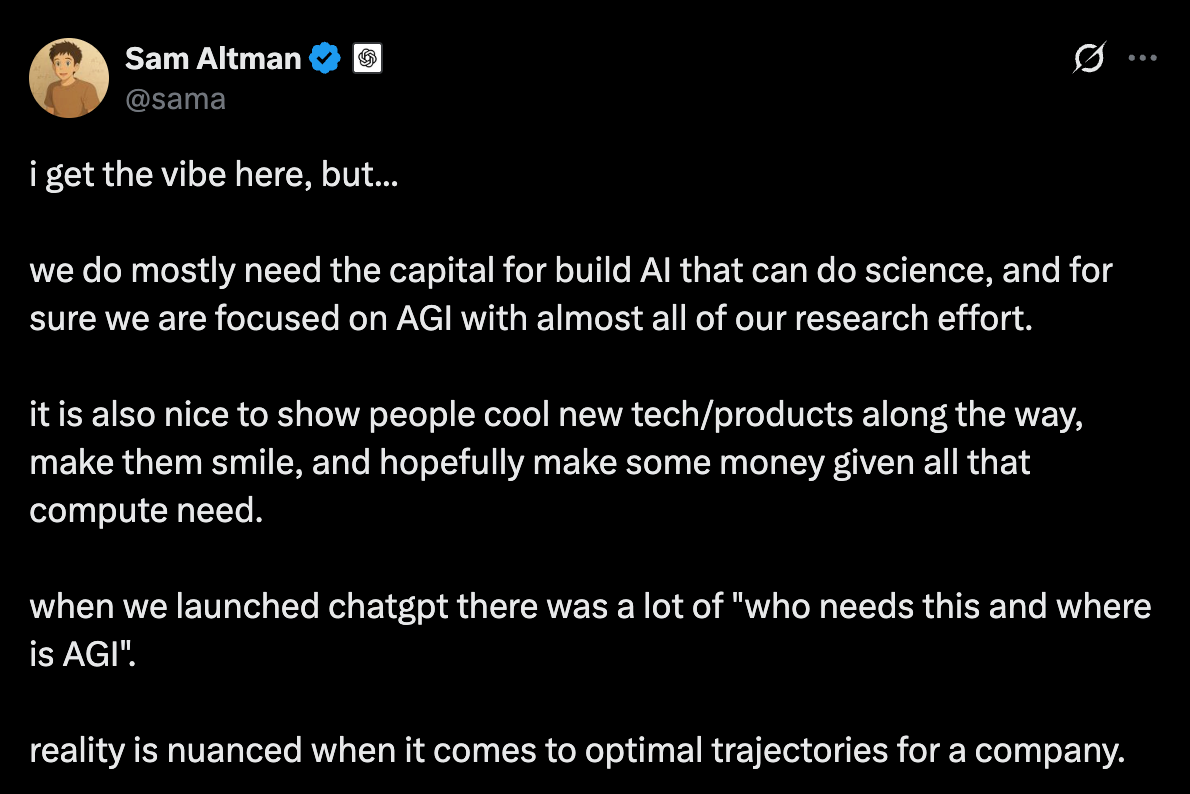
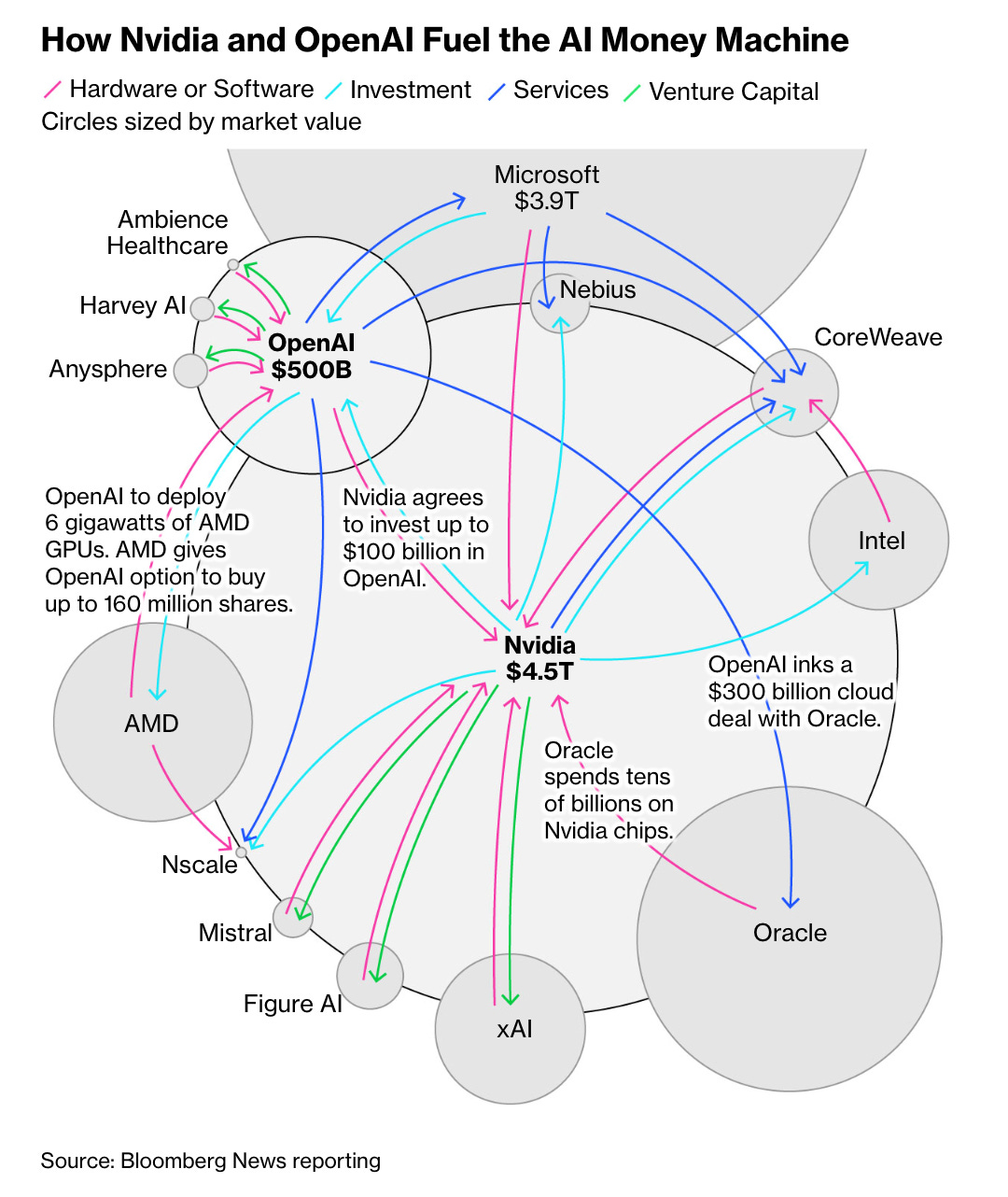
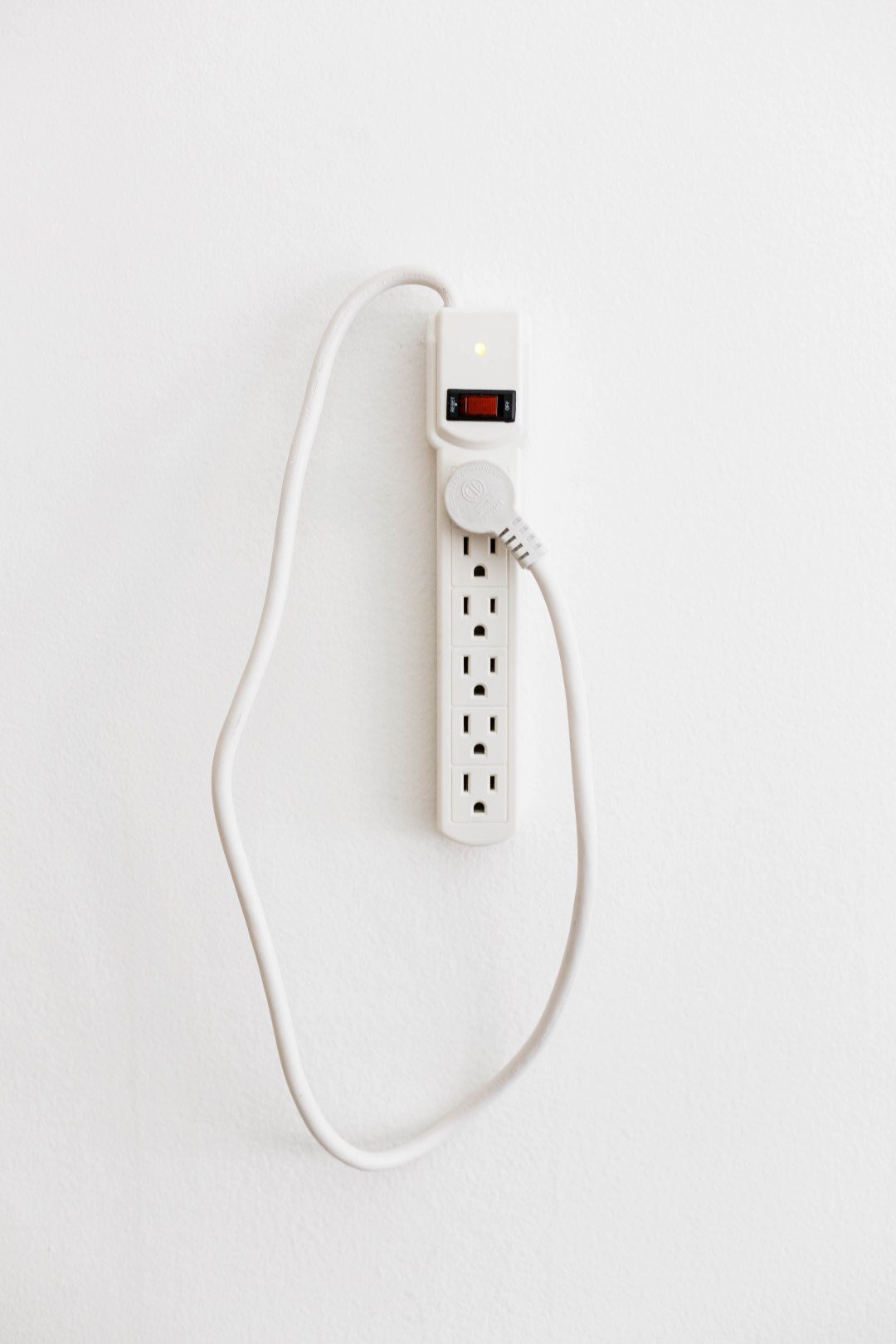
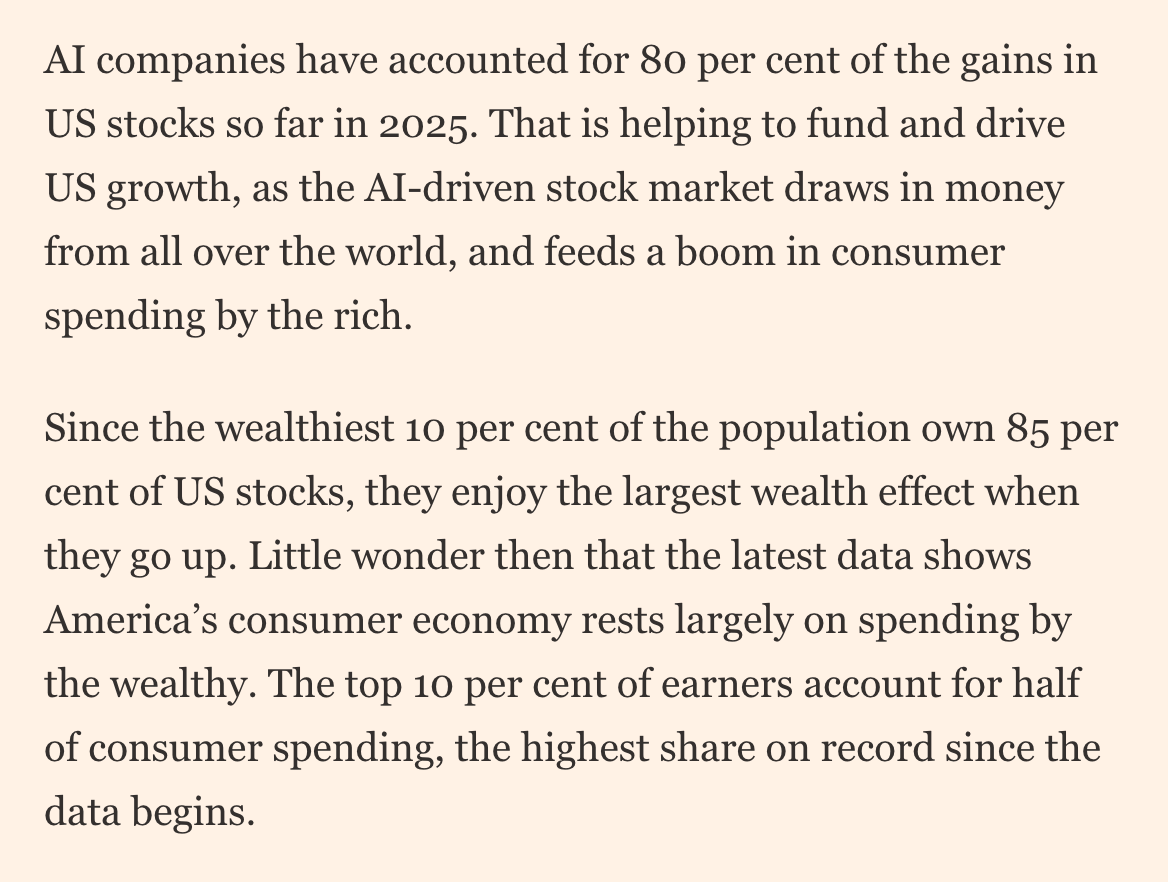

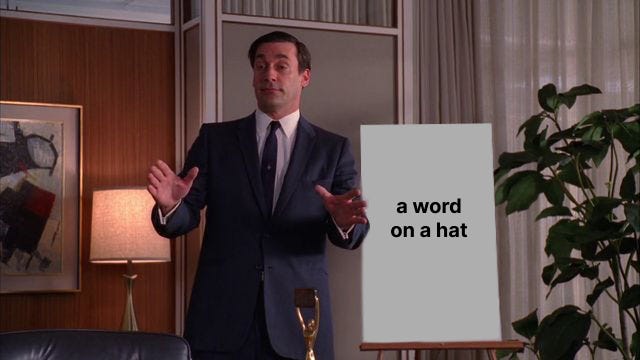

Thank you author, my brain is tingling